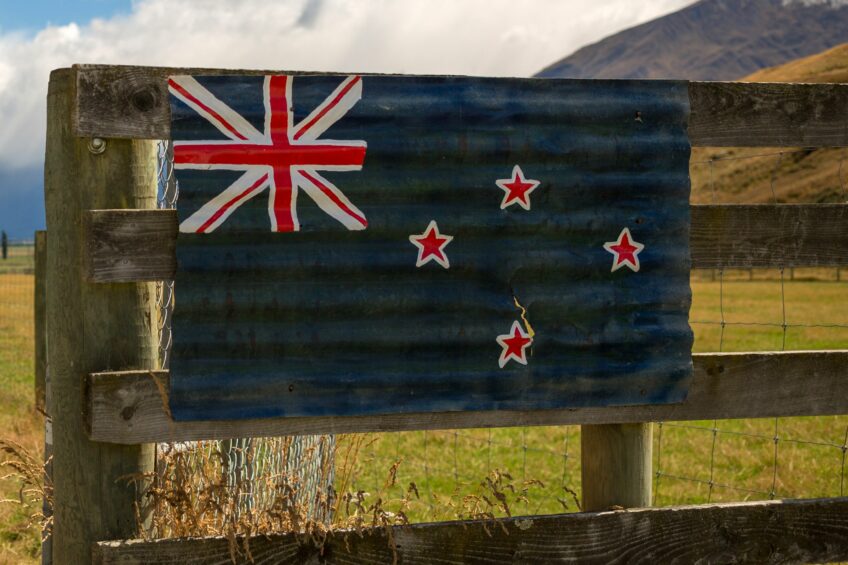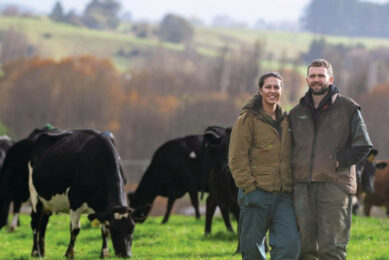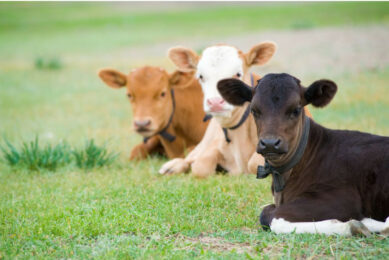Mycoplasma NZ: 126,000 cows to be culled

A major cull of cattle has been announced in New Zealand by the government in a bid to eradicate the dreaded Mycoplasma bovis (M. bovis ) disease which has been spreading throughout the country.
Around 126,000 cattle will be culled over the next 2 years, on top of the 26,000 cattle already being culled, as part of the wider eradication programme costing NZ$ 886 million (€ 526million, £462million, US$ 615million) over 10 years.
Aiming for full eradication
Although farmers, the government and the farming industry had mixed concerns regarding a major cull, the government says it has reached agreement with farm leaders to eradicate M. bovis. If achieved, this will be the first time in the world that a country will have eradicated the M. bovis disease with such a step. New Zealand Prime Minister Jacinda Ardern said: “Today’s decision to eradicate is driven by the Government’s desire to protect the national herd from the disease and to protect the base of economy, the farming sector. “This is a tough call, no one ever wants to see mass culls. But the alternative is the spread of the disease across our national herd,” she said.
Who is going to pay for it?
The government say it will meet 68% of the cost and Dairy NZ and Beef and Lamb New Zealand will meet the remaining 32%. Feeling confident, the Prime Minister said there was a real chance of eradication to protect over 20,000 dairy and beef farms in New Zealand.
As part of the programme, all farms that have been found infected with M. bovis will be ‘de-populated’ plus cattle on most restricted properties will also be culled.
Following depopulation, the farms will be disinfected and will remain empty of livestock for 60 days after which they can be restocked. In New Zealand there are around 4.2 million cattle slaughtered annually including one million dairy cattle, 1.4 million beef cattle and 1.8 million calves.
Meat processors say they will be able to handle the increased numbers during the culling programme.
37 farms infected so far
At the last count there were 37 farms infected with M. bovis in Waikato, Hawke’s Bay, Manawatū, Canterbury, Otago and Southland. Culling of the first batch of animals is well underway, according to authorities. In total there are 300 properties in a biosecurity lockdown and a further 858 under surveillance. The nation’s traceability system has detected high-risk animal movements to 3,000 farms.
Join 13,000+ subscribers
Subscribe to our newsletter to stay updated about all the need-to-know content in the dairy sector, two times a week.










